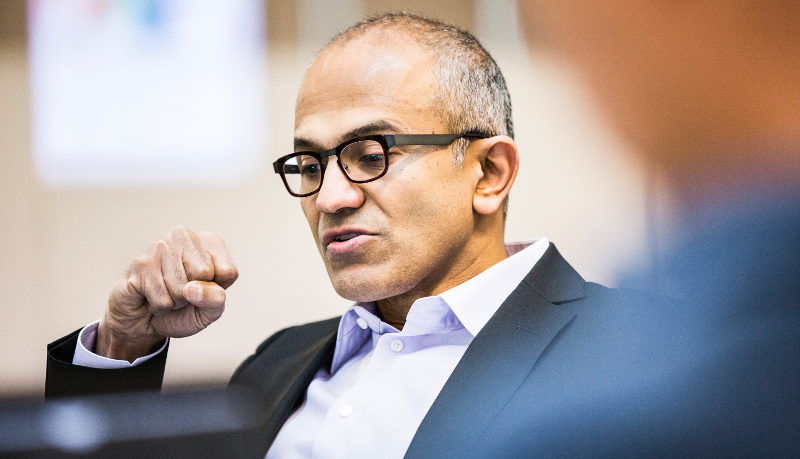 NEWS
NEWS
 NEWS
NEWS
 NEWS
NEWS
Whatever doubts that still remained about Microsoft Corp.’s commitment to open-source software among the developer community until this morning have been banished by its announcement of a broad partnership with Red Hat Inc. to jointly promote their respective cloud offerings. That includes first and foremost the latter’s Linux distribution, the single biggest rival to Windows in the data center.
The move is the culmination of a long and strenuous effort from Microsoft chief executive Satya Nadella to reverse his predecessor’s famously negative stance towards the free operating system. The initiative kicked off last year with the move to port the once Windows-exclusive .NET application framework to Linux and has since seen the company add support for a number of key distributions to Azure. It recently even admitted to have created its own custom flavor internally in order to support the networking component of the fast-growing public cloud.
The infrastructure-as-a-service platform has now once again found itself at the center of the commotion in the wake of Microsoft’s bombshell partnership, which will see Red Hat Enterprise Linux (RHEL) made available to users on an on-demand basis in the coming months. Organizations that purchase licenses from the distributor should be able to take advantage of the new compatibility even sooner, but without the comfort of direct technical support for the time being.
Microsoft and Red Hat are apparently still working out the logistics of the customer care team, which will consist of engineers from both companies posted at the Azure division to spare users the usual hassle and blame shifting involved in troubleshooting multi-vendor deployments. The partnership extends that focus on integrated operations all the way to the Linux distributor’s CloudForms orchestration framework, which will in turn be augmented to work with Windows and Hyper-V.
The move is set benefit both companies equally. Red Hat will gain the ability to address the needs of heterogeneous environments more thoroughly, while Microsoft will have another popular tool supporting its two most important products. A similar reasoning stands behind behind the fourth and final element of the partnership, which centers on adding .NET support to RHEL and other core components of the Linux giant’s portfolio like the OpenShift platform-as-a-service stack in order to increase the appeal for developers.
Support our mission to keep content open and free by engaging with theCUBE community. Join theCUBE’s Alumni Trust Network, where technology leaders connect, share intelligence and create opportunities.
Founded by tech visionaries John Furrier and Dave Vellante, SiliconANGLE Media has built a dynamic ecosystem of industry-leading digital media brands that reach 15+ million elite tech professionals. Our new proprietary theCUBE AI Video Cloud is breaking ground in audience interaction, leveraging theCUBEai.com neural network to help technology companies make data-driven decisions and stay at the forefront of industry conversations.